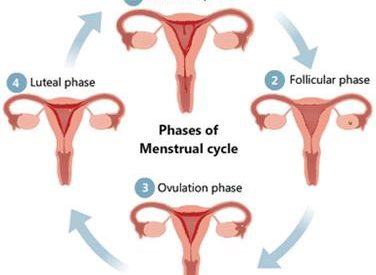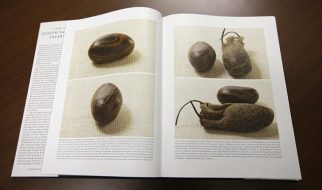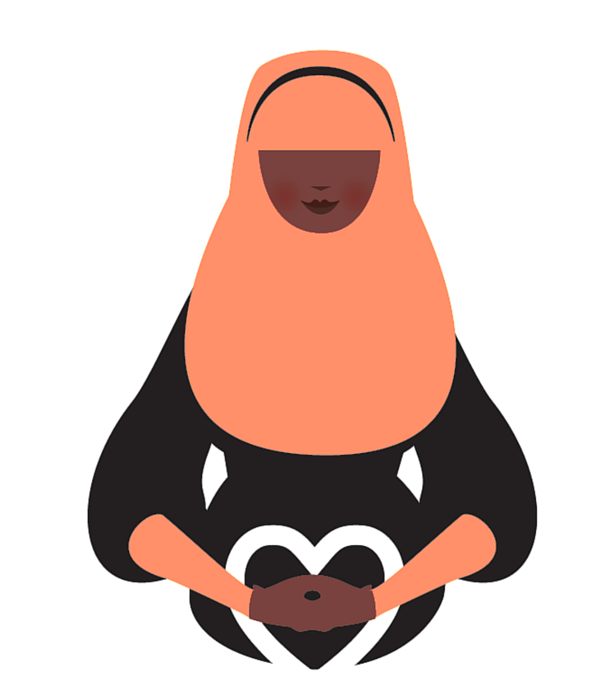 Credit: OhhhKaye with The Pelvic Expert
Credit: OhhhKaye with The Pelvic Expert
To understand why the back or pelvic hurts during a period, we need to understand the menstrual cycle and the changing levels of hormones. The menstrual cycle is made of a few main phases.
- The first phase, which is menstruation, begins on the first day of your period. During menstruation hormones, oestrogen and progesterone, are relatively low.
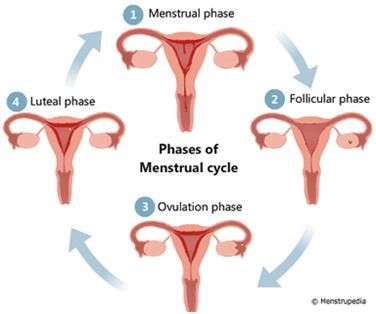
- In the second phase, also known as the follicular phase, FSH (or follicle-stimulating hormone) is released, which causes immature eggs to develop. These follicles cause a lot of oestrogen to be produced, and the lining of the uterus thickens, for a possible egg to be embedded.
- The third phase in ovulation, and is when a mature egg is released from the ovary. It is triggered by an abrupt rise in LH (or luteinising hormone). At ovulation, the cervix moves higher and its opening widens. The release of the egg and the movement of the cervix is why some women experience cramps or aches at ovulation, and why some women experience ovulation spotting. After ovulation, the egg enters the fallopian tube and moves along the uterus.
- The fourth phase, also known as the luteal phase is when oestrogen production drops and progesterone increases. This further thickens the uterine lining to allow for a fertilized egg to embed. If fertilization doesn?t occur, the egg breaks down, and progesterone levels drop, which disintegrates the uterine lining, in preparation for a period. This drop in progesterone is why some women experience mood swings, bloating, tender breasts or tiredness.
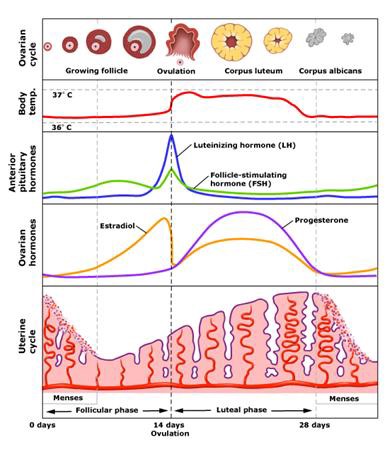
During the period, the broken-down lining of the uterus flows down through the cervix and out of the vagina. When you have a period, the uterus swells and expands and can become almost double the size and weight (pictured below).
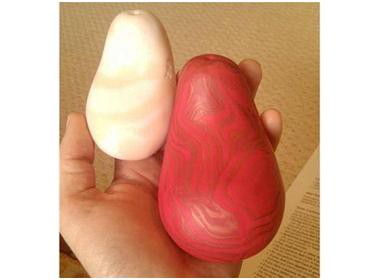
Understanding the anatomy of the pelvis can help us understand why the back and pelvis can hurt during a period and during this time when the uterus is so enlarged. Here are some explanations:
- Firstly, the uterus is suspended in the pelvis to the sacrum (pictured below), which is the triangular bit of bone between your lower back and your tailbone. You can feel the top part of your sacrum, where the dimples in your lower back are. These ligaments are called the uterosacral ligaments. When the uterus swells, this puts pressure on the uterosacral ligaments, which can then create a dragging feeling, heaviness or pain on the sacrum and tailbone.
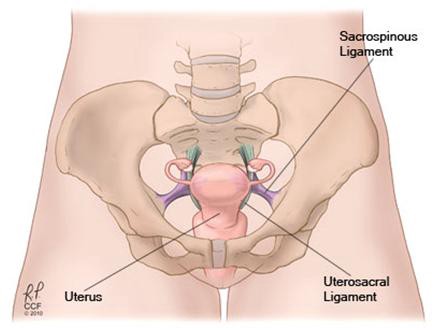
- Secondly, to push the uterine lining out through the vagina during menstruation, the uterus muscle contracts, and if it contracts sharply, it can make you feel strong cramps. Hormone-like substances called prostaglandins trigger these contractions, and prostaglandins are also involved in pain and inflammation processes. If a woman has high amounts of prostaglandins, she can have more severe menstrual cramps.
- If a woman has endometriosis, cells that resemble the lining of the uterus exist on other places within her pelvis, such as on her bladder, bowel, or vaginal walls. These cells can be triggered with a period and cause more pain and inflammation, which is why women with endometriosis tend to have more severe period pain.
- Sometimes the uterus isn?t aligned neutrally within the pelvis, and this can contribute to pain that may be one-sided or to pain in the lower abdomen. The uterus may be tilted to the side or it may be tilted forwards. Visceral mobilization to re-position the uterus well inside the pelvis by a trained women?s health physiotherapist can help bring back alignment to the uterus and surrounding tissues.
- Often the pelvic floor muscles can cramp because of the contracting uterus and vagina. This can also contribute to an increased perception of period pain, because not only is the uterus contracting, but the pelvic floor and pelvic wall muscles go along for the ride. Over time, these muscles can become stuck in a tight position from overworking for many months or years. Because these muscles also attach to the pelvis, tailbone and lower back they can add to your lower back or pelvic pain. Pelvic floor release techniques by a trained women?s health physiotherapist can release these tight muscles, which can in turn reduce the overall pain during periods.
If you have period pain or lower back pain or pelvic pain, try seeing a women?s health physiotherapist, as very often, having some physiotherapy can significantly reduce or completely eliminate your pain. Their treatment techniques can help with other menstrual symptoms such as spotting, irregular cycles, long cycles, and research is now showing the benefits of physiotherapy for fertility as well.
Head to www.thepelvicexpert.com to find out more about me and sign up to the mailing list to keep updated about my awareness events and available programs.
By signing up you will receive a free endometriosis E-book and infographic. Here?s a sneak peek:
 Endometriosis Infographic
Endometriosis Infographic
Don?t forget to follow me on social media @thepelvicexpert
I?m on Facebook, Twitter, Instagram, Pinterest, Google + and LinkedIn
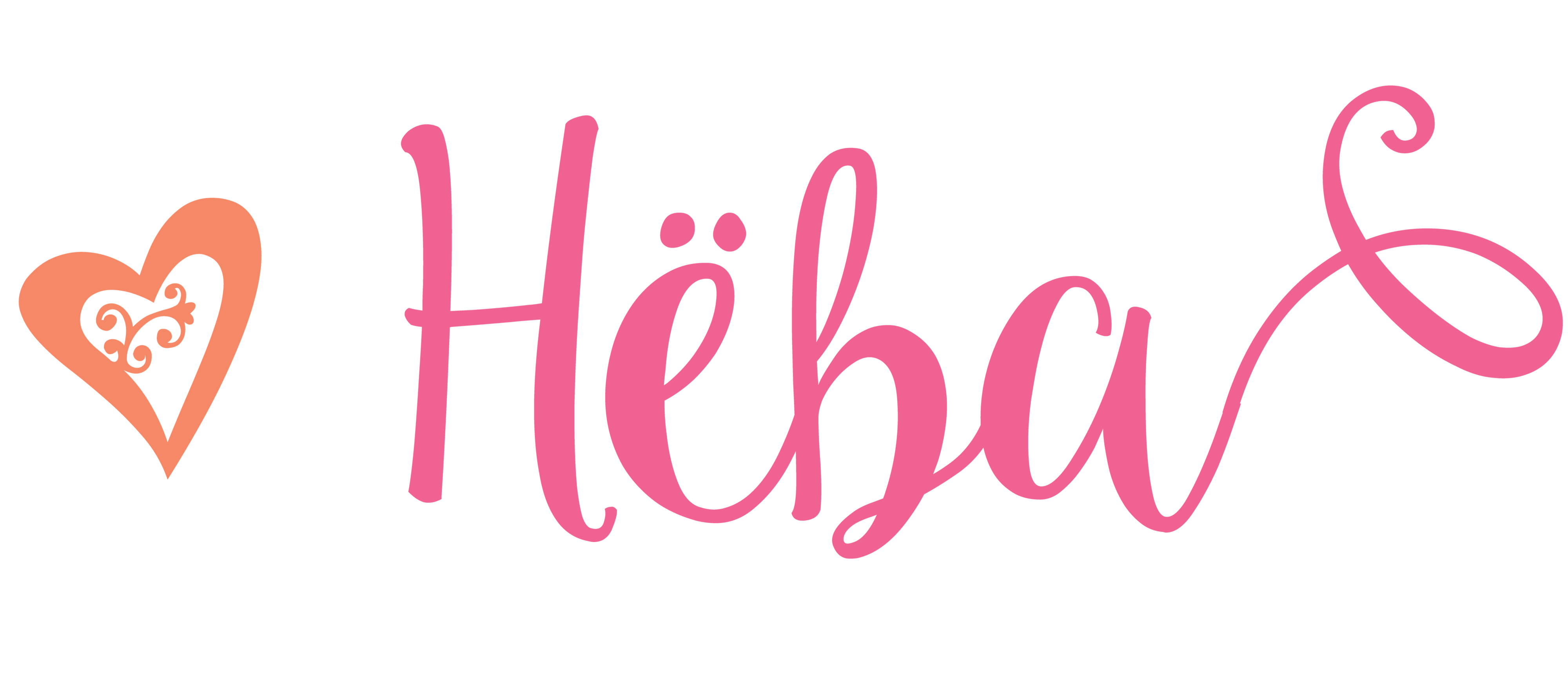
NB: This blog was originally created for The Fix Program and can be accessed here along with many other of my blogs: http://www.fixprogram.com/blog/author/Heba-Shaheed
